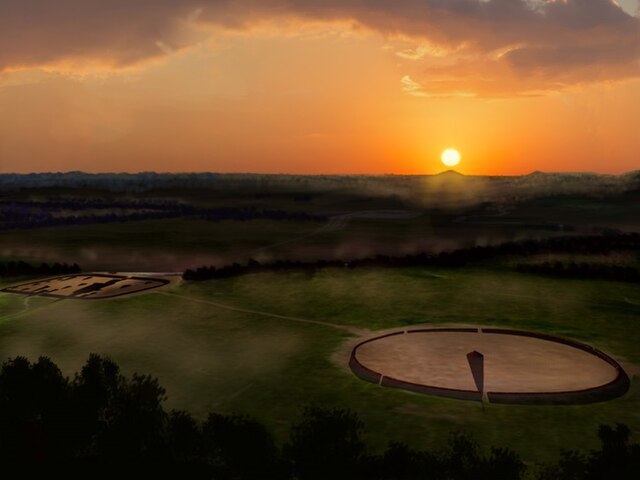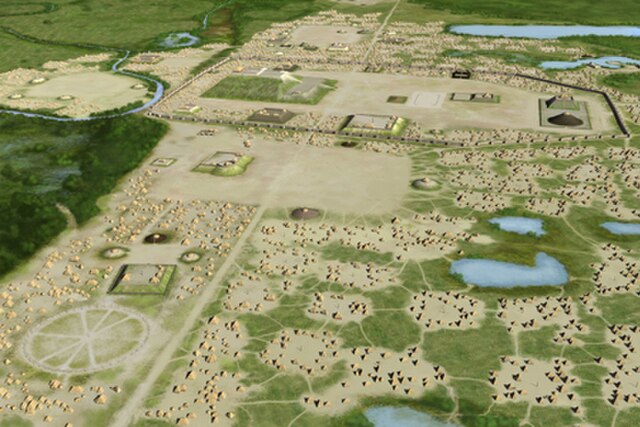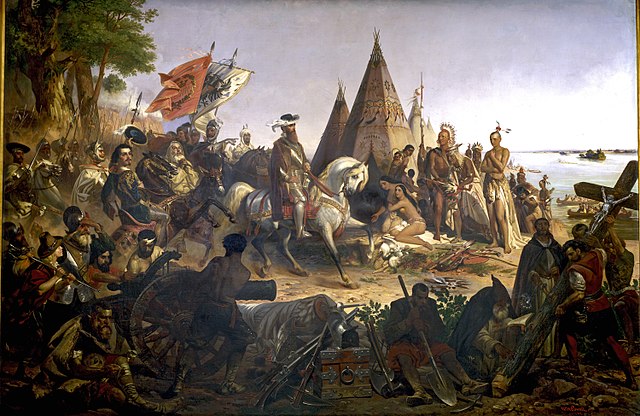Tribal colleges and universities
In the United States, tribal colleges and universities (TCUs) are a category of higher education, minority-serving institutions defined in the Higher Education Act of 1965. Each qualifies for funding under the Tribally Controlled Colleges and Universities Assistance Act of 1978 or the Navajo Community College Act ; or is cited in section 532 of the Equity in Educational Land-Grant Status Act of 1994.
Bowhead whale skull in front of Iḷisaġvik College's main building in Utqiaġvik, Alaska
TCLI group photo, 2007
Native Americans in the United States
Native Americans, sometimes called American Indians, First Americans, or Indigenous Americans, are the Indigenous peoples of the United States or portions thereof, such as American Indians from the contiguous United States and Alaska Natives. The United States Census Bureau defines Native American as "all people indigenous to the United States and its territories, including Native Hawaiian and Other Pacific Islanders, whose data are published separately from American Indians and Alaska Natives". The U.S. census tracks data from American Indians and Alaska Native separately from Native Hawaiian and other Pacific Islanders, who include Samoan Americans and Chamorros.
Comanche Indians Chasing Buffalo with Lances and Bows, a mid-19th century portrait depicting the Comanche tribe by George Catlin, now on display at the Smithsonian American Art Museum in Washington, D.C.
Shriver Circle Earthworks and the Mound City Group (on the left), c. 200 BCE to c. 500 CE, depicted in a 2019 portrait
A 2013 illustration of Cahokia, the largest Mississippian culture site, c. 1050 CE to c. 1350 CE
Spanish Empire explorer Hernando DeSoto greeting Native Americans on the Mississippi River, c. 1541, depicted in an 1853 portrait by William Henry Powell, which now hangs in the United States Capitol rotunda in Washington, D.C.






